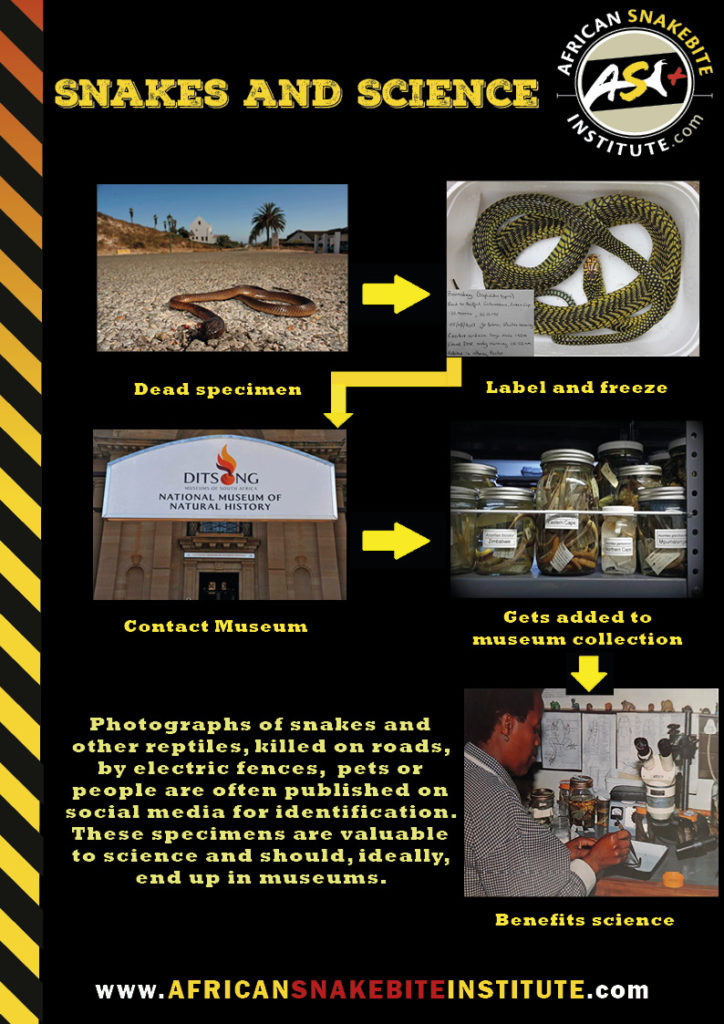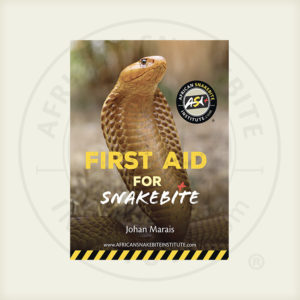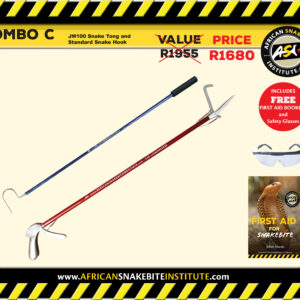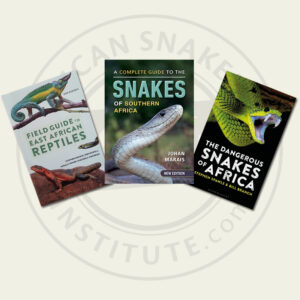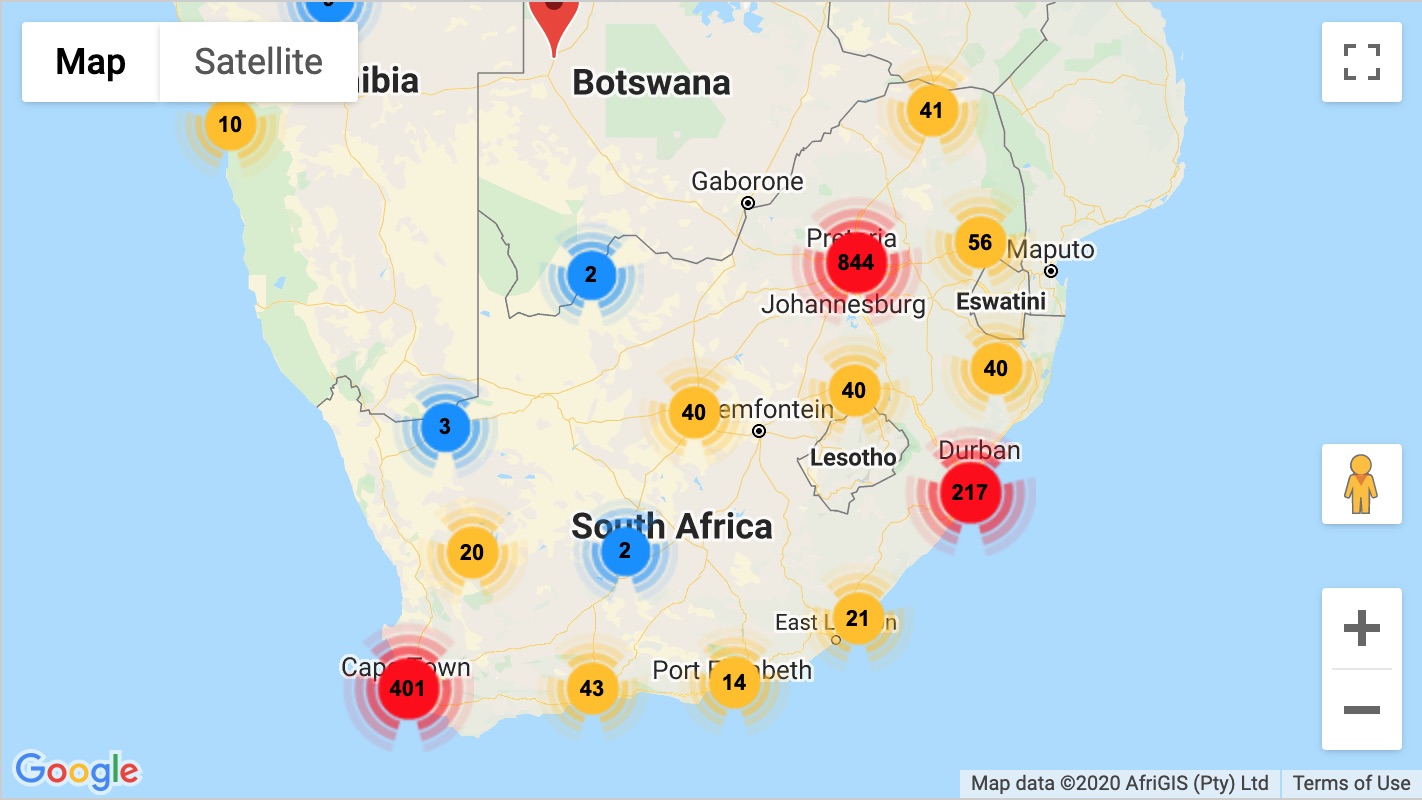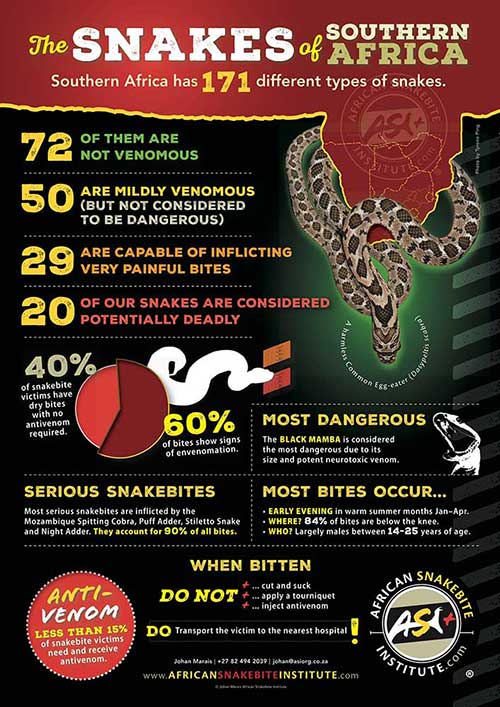Photographs of snakes and other reptiles, killed on roads, by electric fences, pets or people are often published on social media for identification. These specimens are valuable to science and should, ideally, end up in museums.
Such specimens can provide valuable distribution data as well as information on morphology, reproduction and diet (by examination of stomach contents) Tissues can also be collected for genetic (DNA) studies.
Dead snakes can be frozen and dropped off at museums and certain other institutions around the country. With regard to tissue samples, a tail tip, skin, or small section of muscle or liver can be preserved in ethanol (96 % ethanol is obtainable from pharmacies) or simply placed in a small container filled with salt. The amount of tissue needed is equivalent to a match head in size. Vials containing tissue samples should be carefully labelled using a pencil or permanent marker.
For the specimen to be useful, it is important that the following information is recorded and accompanies the specimen:
- Exact locality – preferably GPS co-ordinates. If this is not available, then the distance and direction to the nearest town (eg. 15 km NE of Newcastle) and road information (eg. on R254)
- Date and time of day
- Collector’s name and contact details
- Photographs of the specimen are valuable as colours will fade once it has frozen or preserved. These can be sent to the museum (see email addresses below) or uploaded to ADU or Inaturalist.
- Habitat both regionally and at the specific location where the specimen was collected. This includes essential elements about topography (relief); soils and rocks; water (eg. streams, dams, ponds); vegetation; and the microhabitat in which the specimen was found (either natural or on road!).
- And any other information that seems important or relevant at the time (eg. nature of road and verges)
